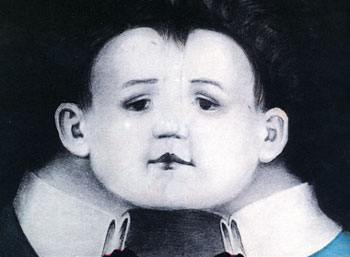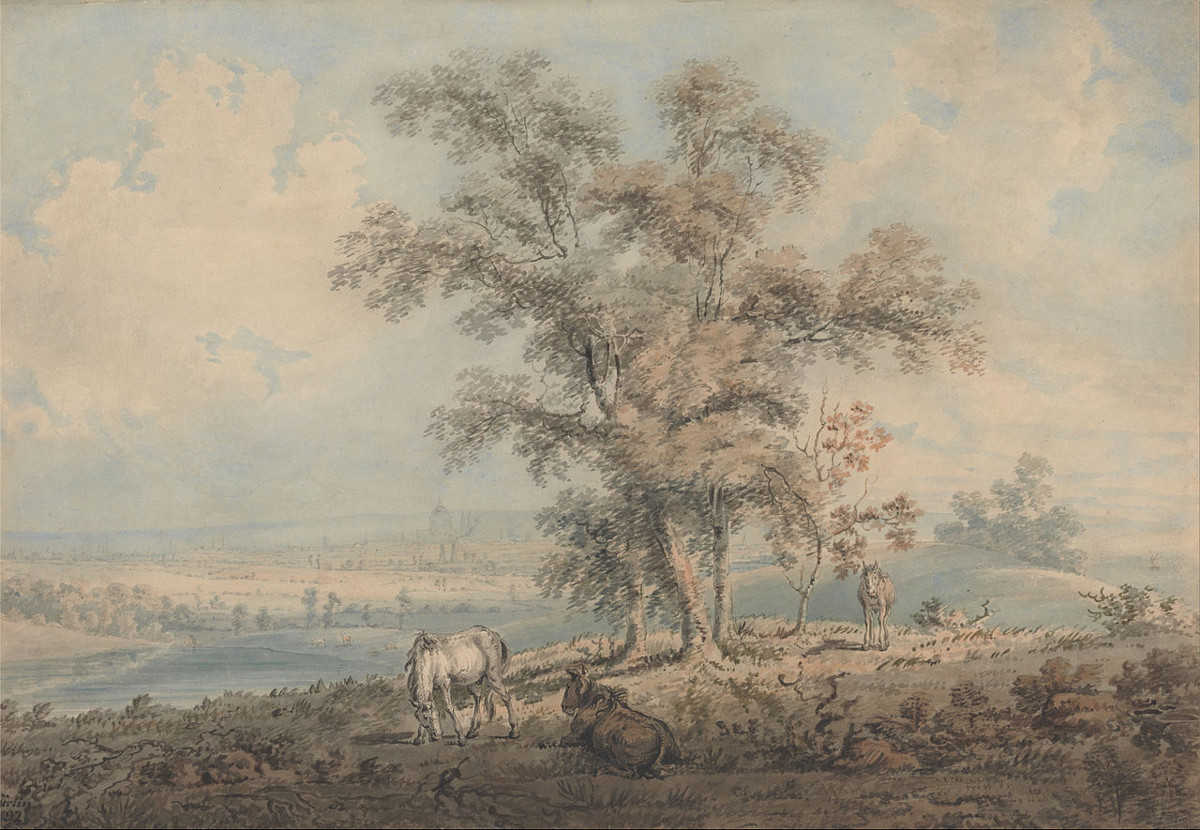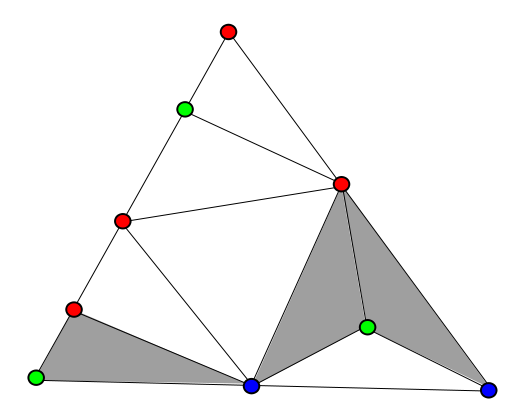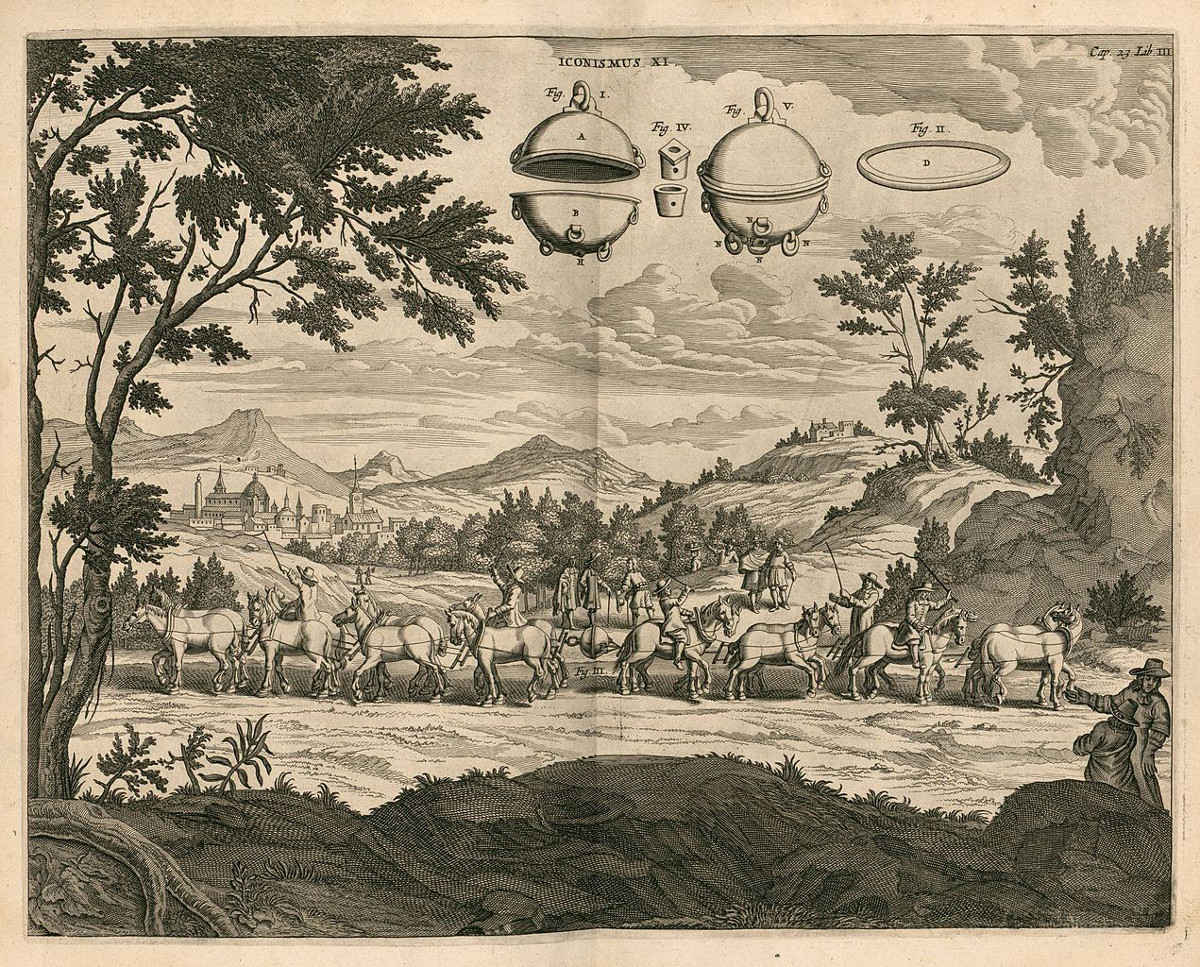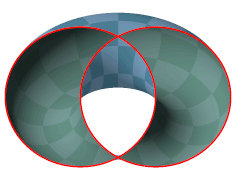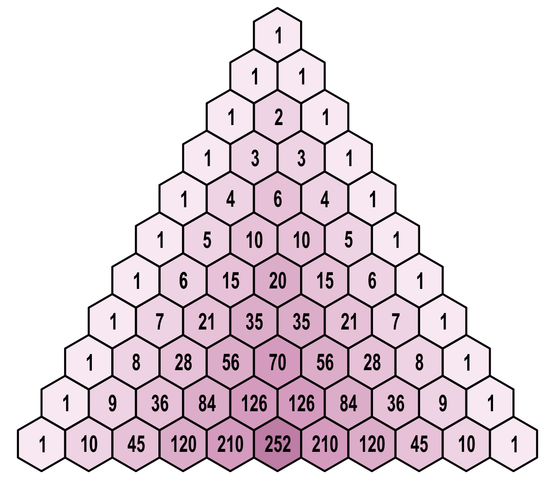
Here are two urns. Urn 1 contains 100 balls, 50 white and 50 black. Urn 2 contains 100 balls, colored black and white in an unknown ratio. You must choose an urn and draw one ball from it, betting on the ball’s color. There are four possibilities:
- Bet B1: You draw a ball from Urn 1 and bet that it’s black.
- Bet W1: You draw a ball from Urn 1 and bet that it’s white.
- Bet B2: You draw a ball from Urn 2 and bet that it’s black.
- Bet W2: You draw a ball from Urn 2 and bet that it’s white.
If you win your bet you’ll get $100.
If you’re like most people, you don’t have a preference between B1 and W1, nor between B2 and W2. But most people prefer B1 to B2 and W1 to W2. That is, they prefer “the devil they know”: They’d rather choose the urn with the measurable risk than the one with unmeasurable risk.
This is surprising. The expected payoff from Urn 1 is $50. The fact that most people favor B1 to B2 implies that they believe that Urn 2 contains fewer black balls than Urn 1. But these people most often also favor W1 to W2, implying that they believe that Urn 2 also contains fewer white balls, a contradiction.
Ellsberg offered this as evidence of “ambiguity aversion,” a preference in general for known risks over unknown risks. Why people exhibit this preference isn’t clear. Perhaps they associate ambiguity with ignorance, incompetence, or deceit, or possibly they judge that Urn 1 would serve them better over a series of repeated draws.
The principle was popularized by RAND Corporation economist Daniel Ellsberg, of Pentagon Papers fame. This example is from Leonard Wapner’s Unexpected Expectations (2012).
